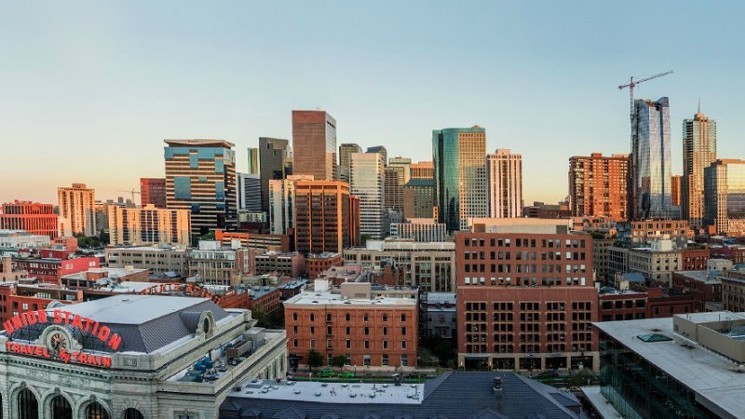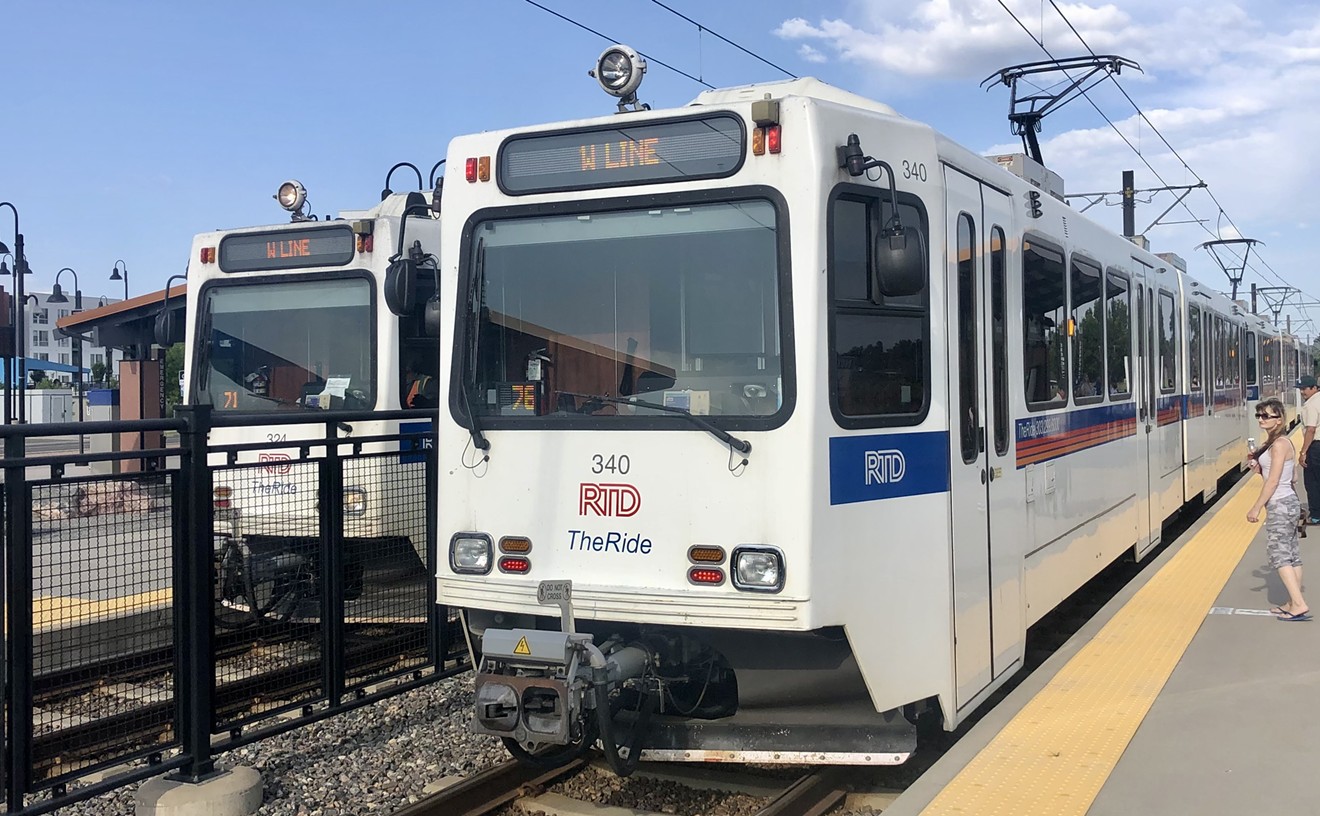Specifically, the bureau has shared its "annual estimates of the resident population by sex, race and Hispanic origin" for each state between April 1, 2010, when the last census was issued, and July 1, 2018.
Over that eight years-plus, Colorado's population has zoomed upward at a dizzying pace, leading to challenges aplenty involving housing, transportation and more.
The bureau's figures demonstrate the scope of the state's growth even as they document the different types of people drawn here. For instance, Colorado is getting older (but not by a lot) and more diverse (by a little bit).
Continue for five takeaways about what's happened to Colorado's population over less than a decade.
Number 1: There are a lot more of us
The total population of Colorado according to the 2010 U.S. Census was 5,029,196. As of July 1, 2018, the figure had risen to 5,695,564.
That means Colorado attracted 666,368 new residents over an eight-year span. The increase represents a 13.25 percent boost over the 2010 total, and it's the equivalent of adding another Denver to the state — an even larger one, in fact, since the Mile High City's population according to the 2010 census was 600,158.
Number 2: Colorado kids aren't the reason for the population increase
The number of Coloradans under age eighteen recorded by the 2010 census was 1,225,609. The July 1, 2018, total is slightly higher: 1,265,235.
But this last number represents a percentage slippage from eight years earlier. Those under eighteen accounted for just shy of 24.4 percent of the total Colorado population in 2010, versus approximately 22.2 percent in July 2018.

Colorado essentially added another Denver from 2010 to 2018.
Courtesy of Downtown Denver Partnership
Given the percentage decrease in state residents under eighteen, you don't have to be a math genius to realize that those over eighteen have caused the main boost in population totals. Indeed, the 2010 census total for Coloradans over eighteen stood at 3,803,587, versus 4,430,329 in July 2018. That's 626,742 more folks in this broad demographic category.
The majority of these individuals in 2010 and 2018 were between fifteen and 44 years of age. The 2010 census total of 2,114,012 added up to about 55.6 percent of Coloradans eighteen or older. But while the actual number of state dwellers of this vintage is higher in July 2018, at 2,416,379, the percentage slid to 54.5. Hence the total of residents older than 44 went up by more than 1 percent during those years.
This shift is reflected in the median age of Coloradans. The digits have moved from 36.1 years old in 2010 to 36.9 in 2018 — a modest but noticeable increase.
Number 4: More white people doesn't translate to a greater percentage of white people
A lot of Caucasians have moved to Colorado over the past eight years. The number of white folks living in Colorado circa the 2010 census was 3,529,377. As of July 1, 2018, it stood at 3,868,329, a rise of 338,952.
This last number is a little more than half of the 666,368 new Coloradans overall. But again, percentages tell the real story. As of the 2010 census, whites represented 70.2 percent of the population. In July 2018, the percentage stood at 67.9. So while Colorado remained more than two-thirds Caucasian, it wasn't as white as it had been.
Number 5: People of color are becoming a bigger part of Colorado's rainbow
Of other racial groups in Colorado, Hispanics saw the largest growth — from 1,038,637 in the 2010 census to 1,235,117 in July 2018. That's a population bump of 196,480 and a percentage increase, too, from 20.6 to 21.7.
But in terms of sheer numbers, every racial category designated by the U.S. Census Bureau has seen gains as well, including African-Americans/blacks (214,919 to 259,711), American Indian and Alaska natives (78,144 to 91,120), Asian (144,819 to 197,634), native Hawaiian and other Pacific Islanders (8,420 to 10,933), and those representing two or more races (132,271 to 176,856).
These changes haven't transformed Colorado into one of the most diverse states in the union. But neither is the state the demographic equivalent of a snowdrift — not anymore.












